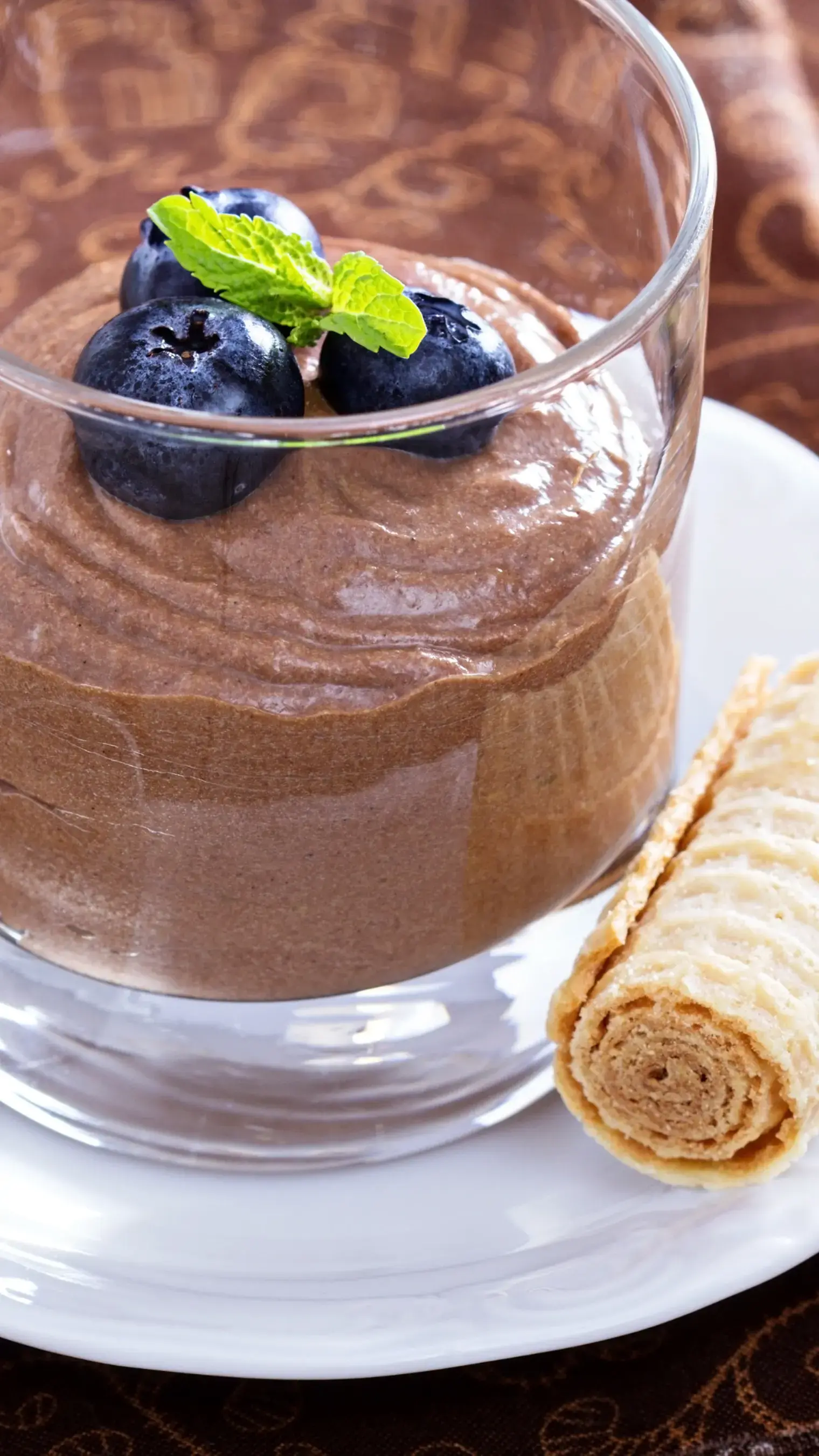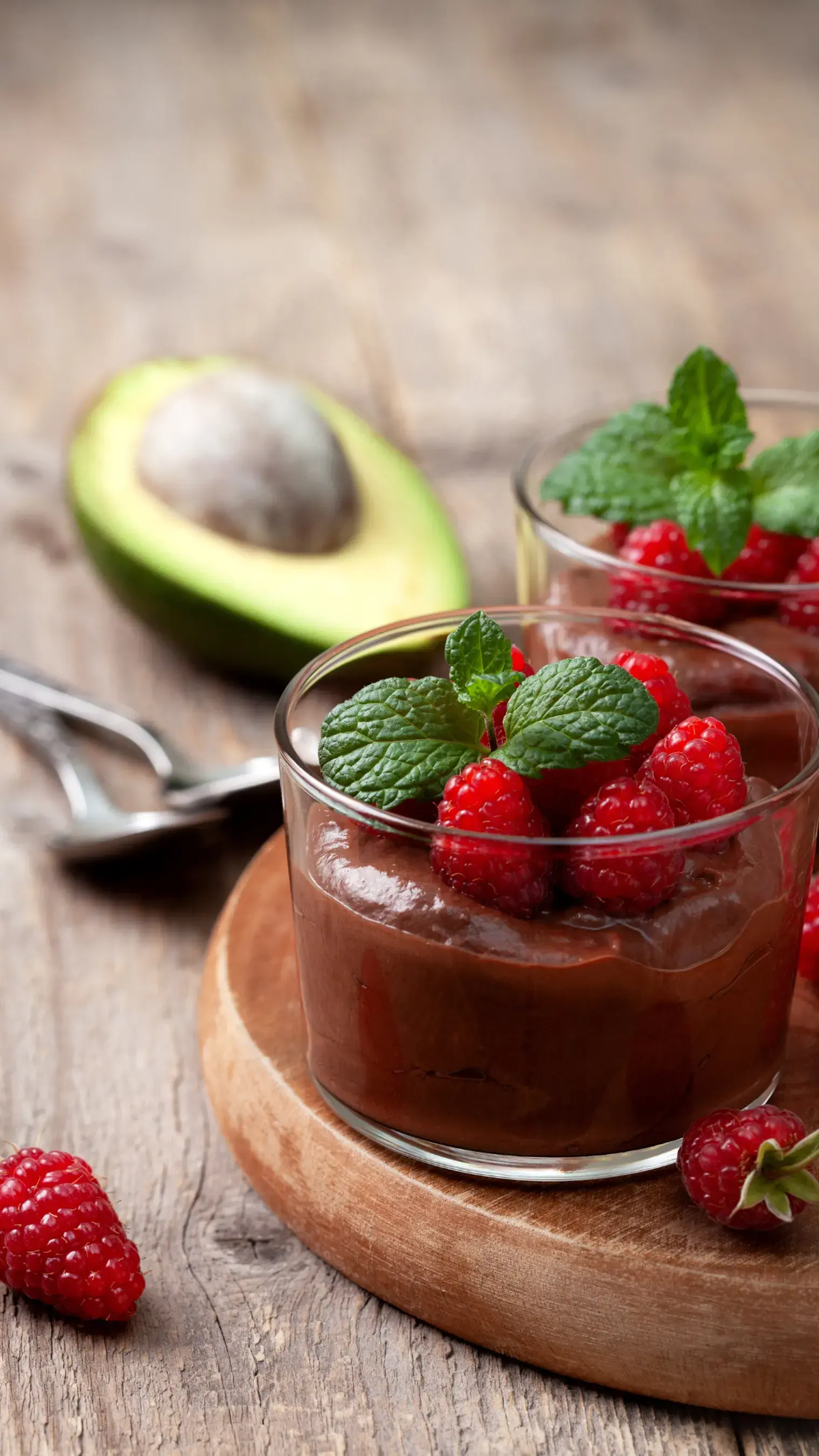Despite being one of the most popular modern desserts, ice cream is believed to have originated in ancient times.

Despite being one of the most popular modern desserts, ice cream is believed to have originated in ancient times.
Ice cream is one of the most beloved and widely available desserts today. Not only is this cool and delectable delight the perfect pick-me-up on a sultry summer’s day but it also serves as a worthy accompaniment to other sweet dishes, such as cakes, pies, puddings, and even chocolate mousse. Ice cream is also one of the most accessible desserts; it is sold on streets in food trucks and by street vendors, in supermarkets, in ice cream parlors and confectionaries, as well as high end artisan ice cream shops. This ease of availability has undoubtedly contributed to the frozen delight’s widespread popularity.
Living in the current modern times, we get to enjoy numerous interesting and innovative ice cream flavors, such as avocado, bubblegum, and mint chip, in addition to the classic chocolate and vanilla flavors, of course. We can also savor multiple versions of ice cream today, including ice cream cakes, ice cream sandwiches, sorbets, gelatos, and ice cream bars, among others. Particularly, the Oreo ice cream sandwich and Oreo-flavored ice creams in general, such as cookies and cream, are a big hit among ice cream lovers of all ages. Do give these tasty treats a try if you haven’t already! It is impossible to go wrong with a premium and renowned product like Oreo.

Just like every region has its unique quirks and cultural idiosyncrasies, it has its own version of ice cream as well. For example, “kulfi” is savored in India while Iranians swear by a version of ice cream known as “faloodeh.” Similarly, Turkish ice cream is undergoing a kind of global renaissance these days, with Turkish ice cream shops and stalls popping up in almost every big cosmopolitan city across the world. Turkish ice cream comprises a special flour that makes it resistant to melting, and thus, sets it apart from regular ice cream. No wonder more and more people are catching on to this wondrous invention!
Ice cream is an intrinsic and indelible element of our food culture. No meal is truly complete without a dollop or a scoop of ice cream at the end. Therefore, it is natural to wonder where it all began. Which visionary or culinary genius do we have to thank for this delicious and timeless creation? In this article, we will explore exactly that question. We will travel to a distinct era in time to try and pinpoint the roots of the creamiest, and arguably, the most enduring dessert in all of human history—the ice cream.
Let’s journey back to the Middle Ages to the days of the Tang Dynasty to get our first taste of ice cream. The Tang Dynasty was a formidable empire that governed China from 618 to 907 A.D. Food historians and scholars opine that this dynasty played a pivotal role in the invention of ice cream. Legend goes that the Chinese royals of the Tang Dynasty were desperate for a cold and milky treat to quench their thirst during the warm summer months. So, they used natural snow from the mountains to develop something known as milk ice, popularly considered as the precursor to contemporary ice cream. Milk ice was created by blending the snow from the mountains with rice milk paste, which was a common ingredient in rice milk pudding, a Chinese staple.
Subsequently, the sweet dish evolved as the ancient Chinese people started getting creative with it and began conducting detailed experiments on the dish. For instance, they added fruity liquids and syrups to ice cream, giving the dessert some flavor, and ultimately laying the foundation for fruit-based ice creams that we consume today, such as mango, guava, strawberry, pineapple, and so on. Another ingredient the ancient Chinese experimented with is honey, and interestingly, honey too is a common ingredient in some contemporary ice creams, including honey nut crunch. It is undeniable that the ancient Chinese displayed remarkable forward-thinking skills when they developed this earliest recorded iteration of ice cream.
This early version of the ice cream underwent significant changes when the milky confection caught Emperor Tang’s attention. According to the historical record named the “China Admissions,” the emperor deeply admired the snowy treat, and therefore, commanded a group of 94 men, historically referred to as Emperor Tang’s “ice men” to whip up a more complex and groundbreaking version of the dish. The ice men followed their emperor’s command and created a somewhat elevated version of milk ice using simple ingredients, such as flour, camphor, and buffalo milk. This mixture was then placed in pools of ice in the ground for the purpose of freezing as ice cream making machines did not exist back in the day. In this way, the Chinese created the first known rendition of ice cream.

This frozen delight did not remain confined to China for too long. Food scholars speculate that Marco Polo, the Venetian merchant and explorer, got a bite of the Chinese origin ice cream and took it home to Italy, where it became a prized delicacy that was available to only the highest strata of Italian nobility. Therefore, it can be said that Marco Polo spearheaded the spread of ice cream in Europe. The Italians, of course, went on to develop their own rich, intense, and delectable version of ice cream, the gelato, which is eaten and cherished the world over today.
Surprisingly, the first printed recipe of ice cream in Europe was handwritten by an Englishwoman named Lady Anne Fanshawe. Printed in 1665, the key ingredient she listed down was orange-flower water. However, her recipe was dead on arrival because it had missed vital elements, such as salt and ice. The Chinese succeeded in nailing the different elements needed to make ice cream where Lady Anne failed. That’s why it isn’t surprising that the earliest ice cream flavors of Europe heavily comprised Eastern components, such as rosewater and citrus. Remember to thank the Chinese nobles of the Tang Empire the next time you gulp down your favorite ice cream!
Like This Article?
More Like This




Popular Articles





Trending Web Stories
Curated Recipes


















